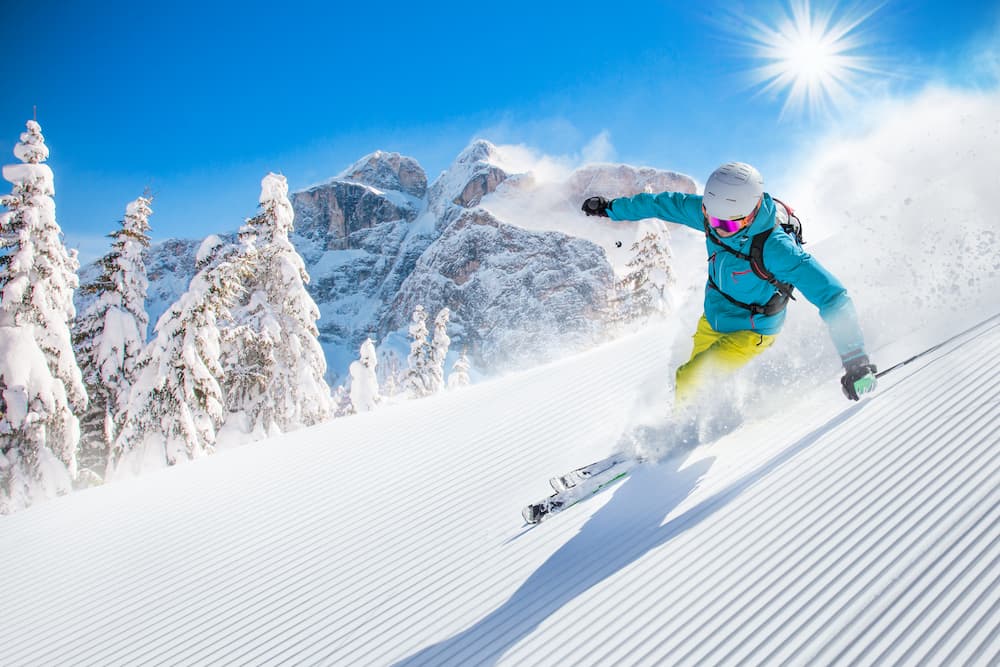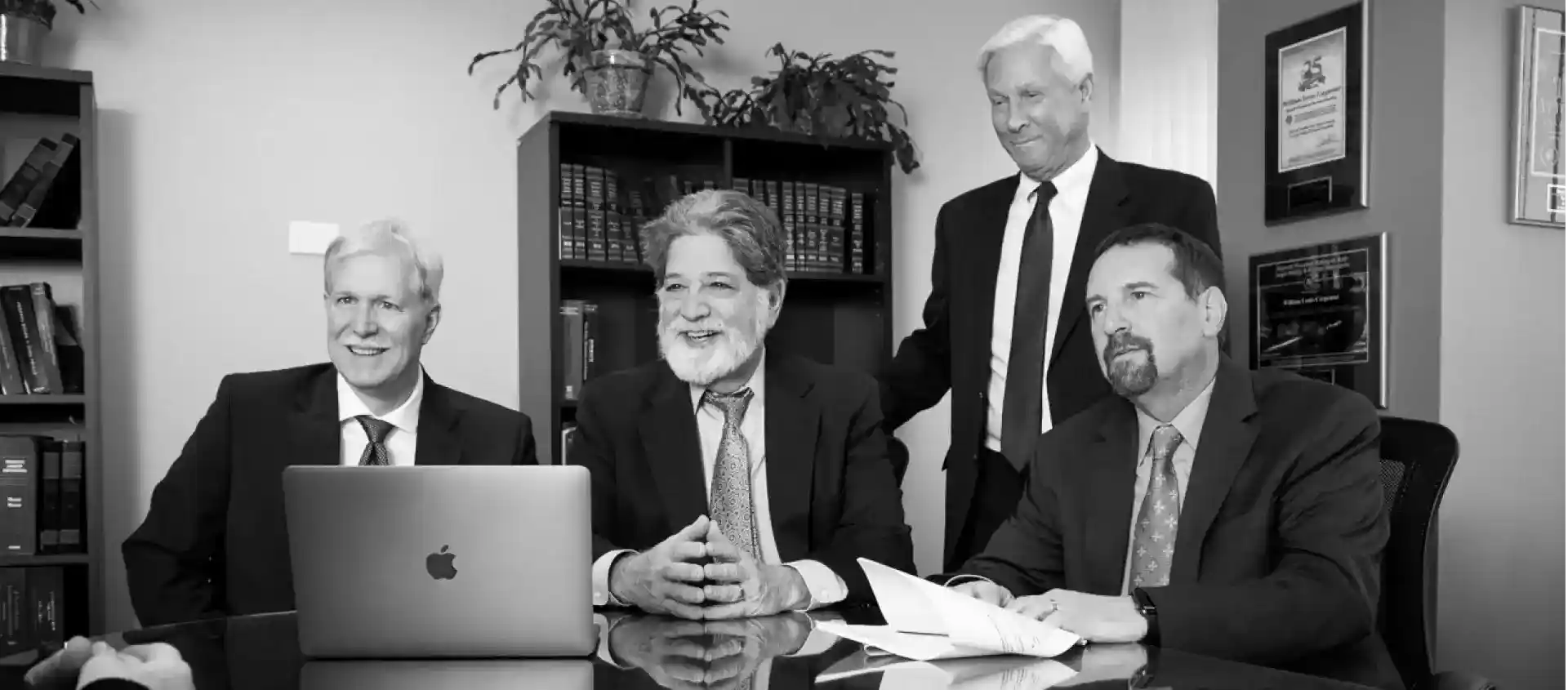
It’s no secret that Colorado has some of the best skiing in the world, attracting locals and travelers alike. Unfortunately, even the most experienced skier can find themselves involved in an accident on the slopes. If you sustained a skiing injury caused by another party’s negligence, you could have the legal right to bring a claim for damages. However, pursuing a skiing accident claim can be quite complex. That is why you need an experienced Colorado injury attorney who can assist you.
Some incidents on the ski slopes are genuine accidents and no one’s fault. In other situations, a ski resort might be liable for creating a dangerous condition that puts guests at risk. At Gerash Steiner Blanton, P.C., our attorneys have represented numerous injured victims of skiing accidents. We know how to protect your rights and help you get the maximum compensation possible.
What Is the Colorado Ski Safety Act?
Colorado takes skiing very seriously. In fact, the state enacted the Colorado Ski Safety Act that outlines the duties and responsibilities of ski lift operators, ski lift companies, and individual skiers. The Act outlines what types of actions constitute negligence, the statute of limitations for a skiing accident injury, and how much financial compensation you can collect.
To understand how the Colorado Ski Act can impact your ability to file a skiing accident claim, here are some key highlights:
- Negligence is presumed (negligence per se) for any party who violates a listed requirement.
- Skiers and passengers on the tram should have the necessary physical skill, dexterity, and ability to negotiate a tramway.
- Ski operators must post prominent signage that is concise, simple, pertinent, and will protect passengers.
- The Act outlines specific signs that must be posted, including those that differentiate ski slope difficulty. An example would be a sign with a green circle and the word “easiest” for those slopes that are the least difficult.
- Skiers are responsible for knowing their own skill range and ability.
- Skiers accept and assume all legal liability risks for injuries that result from the inherent dangers and risks of skiing.
- Ski operators can be sued for negligent maintenance of the slopes or for creating hazardous conditions.
- Companies can be held liable for the acts of their employees and for renting or selling defective ski equipment.
It’s important to understand all the sections of The Act. It determines whether or not you have a potentially viable skiing accident injury compensation claim. Not every accident on the slopes will result in a viable legal claim. That’s why having an experienced skiing accident attorney is crucial. You need someone who understands The Act and has prior experience in its application.
Determining Liability in a Skiing Accident
To successfully collect compensation for your injuries after a skiing accident, you must prove liability. You may have a negligence per se claim against a ski company or operator in some instances. For example, ski operators and lift companies must have clear signage on tramways. These signs should list emergency procedures, instructions, and individual signs such as “Keep Ski Tips Up,” “Unload Here,” and “Remove Pole Straps from Wrists.”
Failure to post all necessary signage is negligence per se under The Act. However, consider a situation where they posted the signage. If you failed to follow instructions—like failing to remove your pole straps when instructed—you would not be able to prove negligence against the operator.
Furthermore, skiers cannot sue for inherent risks of skiing, such as collisions with a tree or other stationary objects, falls from heights, etc. However, if you can show the slope is dangerous or poorly designed, you could have a skiing accident claim. An example of a hazardous slope is one that is too close to unexpected trees or too close to a severe and unexpected drop.
Collisions involving other skiers are not necessarily considered inherent risks. Skiers are responsible for their own control and speed and must maintain a proper lookout. The primary duty is on the uphill skier. The law doesn’t expect you to look out for reckless skiers flying down the hill behind you.
Can You Sue if You Sign a Liability Waiver?
Liability waivers are common in recreational activities, such as skiing. Resorts and operators may have you sign a liability waiver, or they might include specific language implying that you waive liability on the back of your ticket. They do this in the hope of getting out of any legal responsibility should you suffer a skiing accident on the slopes.
Colorado generally enforces these types of liability waivers and allows you to assume the inherent risks of skiing, such as falling and breaking your leg. However, owners and operators can be held liable in certain situations—such as when they violate a provision of the Colorado Ski Safety Act. If you fell and broke your leg because of a hazardous condition the ski lift operator created, then a liability waiver may not protect them.
Damages Cap on a Colorado Skiing Accident Injury Compensation Claim
The Colorado Ski Safety Act also limits the amount of compensation you can collect in a skiing accident claim. Limitations under The Act include:
- $1,000,000 total for all claims unless you’re injured as a passenger on the tramway;
- $250,000 for any derivative claims; and
- $250,000 for noneconomic damage claims.
There is some potential flexibility with these limits. Should a judge determine that the caps are unfair in light of your circumstances and the facts of your skiing accident, then they have the discretion to lift the caps and issue a higher award.
Deadline to File a Skiing Accident Claim
Like other types of claims, you only have a certain amount of time to file a lawsuit for a skiing accident injury compensation claim in Colorado. In most cases, you only have two years from the date of the accident to bring a lawsuit. This deadline is known as the statute of limitations.
Failure to file timely means the court will most likely dismiss your case. Even if you were in the middle of negotiations with the defendant and they previously offered you money, if you miss the deadline, your case is likely over. The defendants are under no legal obligation to consider settlement discussions once the statute of limitations has passed. To continue settlement talks, you must provide proof of filing.
When you retain a skilled Colorado skiing accident lawyer, we will ensure that your lawsuit gets filed before the deadline runs out. Filing a lawsuit doesn’t mean your case will automatically go to trial. We will continue to work toward a successful settlement through negotiations if that’s in your best interests.
Contact the Skiing Accident Lawyers at Gerash Steiner Blanton, P.C.
If you sustained injuries on a ski slope or tramway and believe you have a valid claim, contact the legal team at Gerash Steiner Blanton, P.C. Our Colorado injury lawyers have over 100 years of combined experience. We understand the regulations and nuances of the Colorado Ski Safety Act and how it can impact your claim. We have successfully represented many clients injured in Colorado skiing accidents.
We don’t recommend pursuing a skiing accident claim independently. You run the risk of the defendant’s legal department denying the claim or offering you much less than your case is worth. Instead, let us review the facts of your case and advise you as to the best course of legal action. Contact our office today to schedule an initial consultation.

